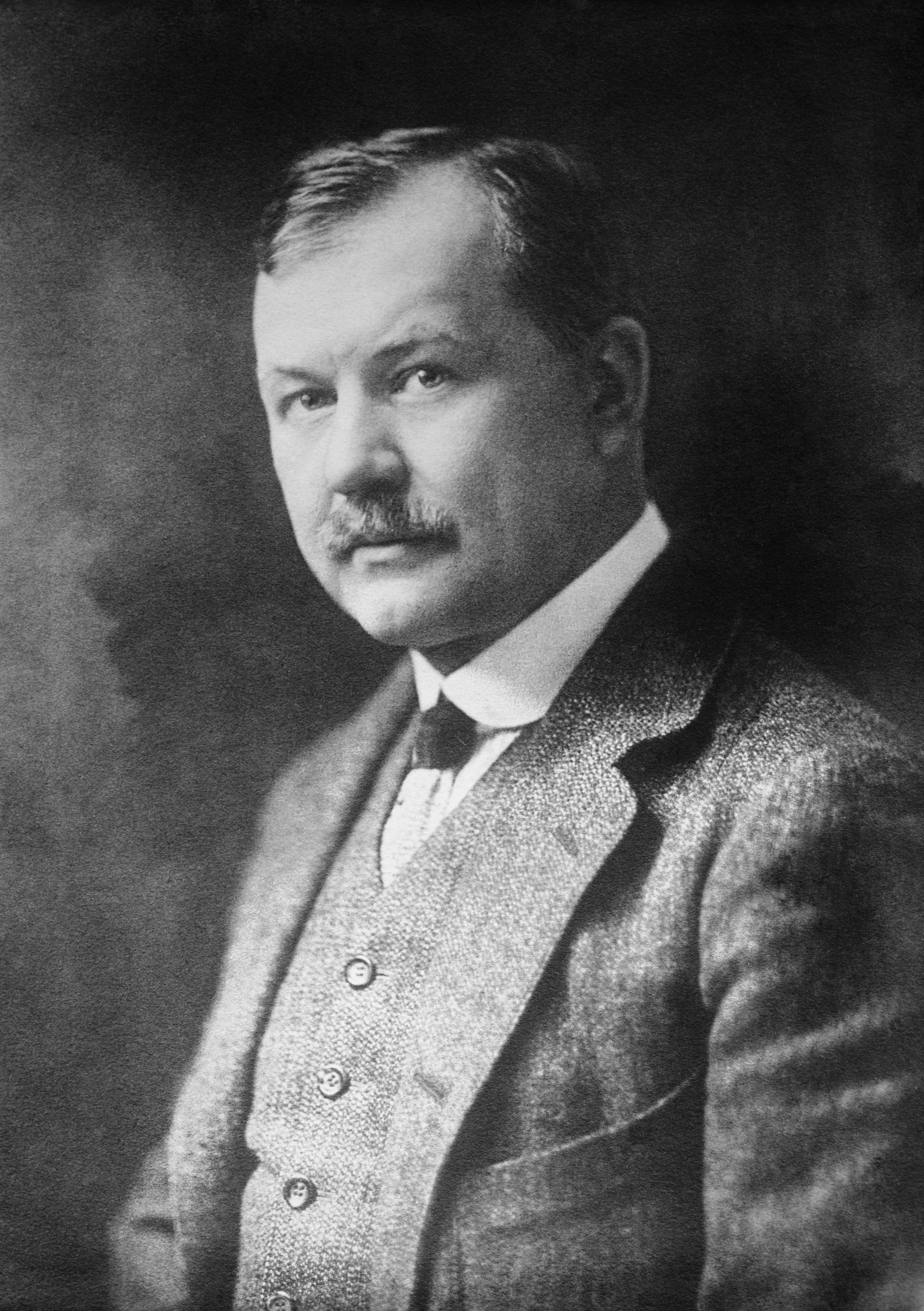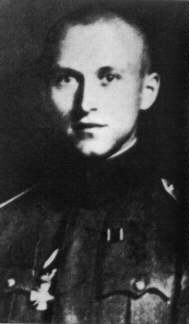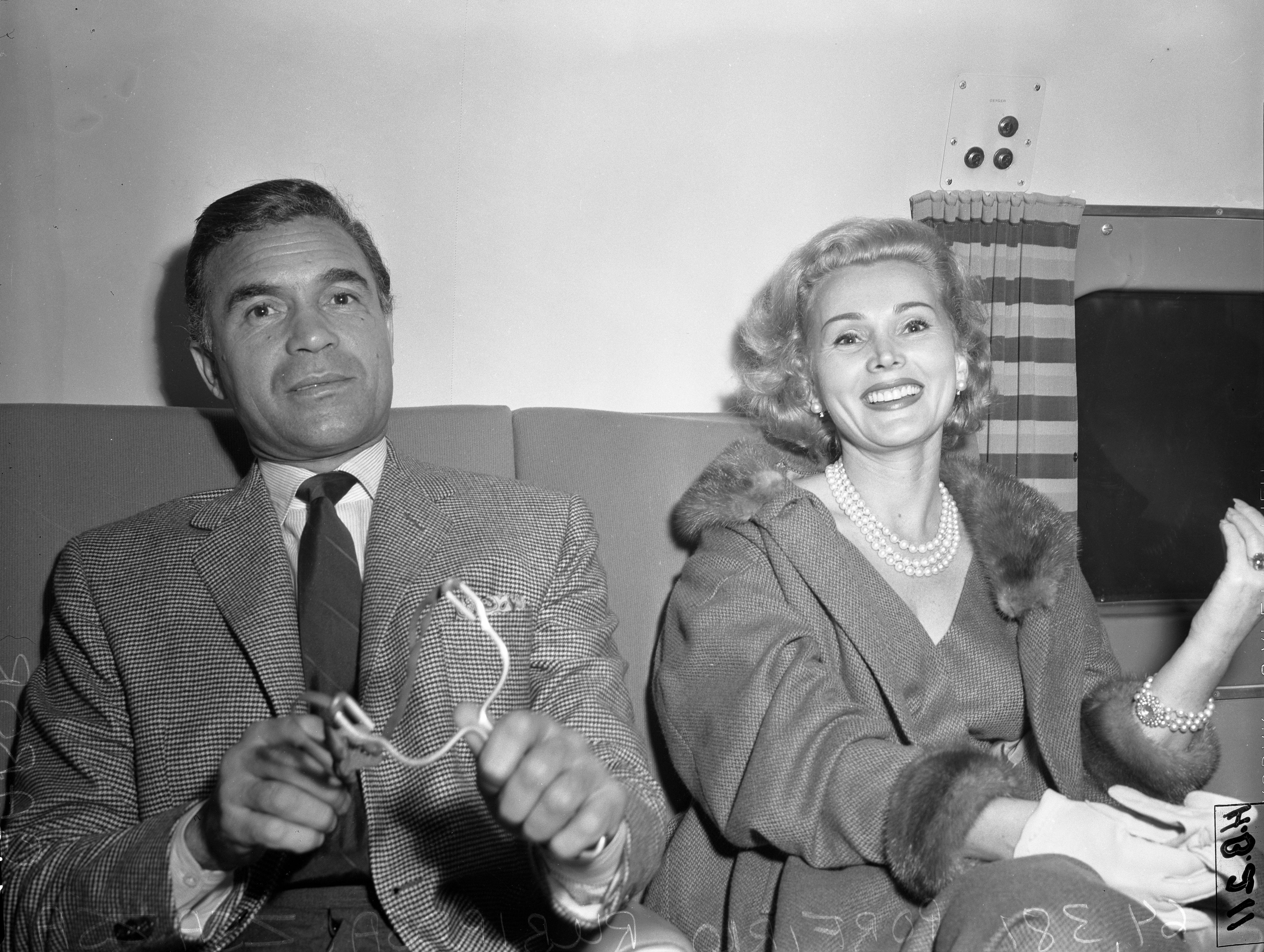|
Maxim's
Maxim's is a restaurant in Paris, France, located at No. 3 rue Royale in the 8th . It is known for its Art Nouveau interior decor. In the mid 20th century Maxim's was regarded as the most famous restaurant in the world. History Early history Maxim's was founded as a bistro in 1893 by Maxime Gaillard, formerly a waiter, at 3 Rue Royale in Paris.https://www.maxims-shop.com/en/content/The-Maxims-Restaurant.html access date 8 June 2021 The location had previously been an ice-cream parlor. In 1899, it was given the decor it became known for, in preparation for the 1900 Paris Exposition. Ceilings were done in stained-glass, and there are murals of nymphs.https://www.smh.com.au/business/companies/from-the-archives-1987-maxim-s-icon-of-la-belle-epoque-20201230-p56qsy.html access date 8 June 2021 In that era, it became known as a "place to take ladies but never one's wife," as said in Franz Lehar's music about the location. At the end of the 19th century, in la belle époque, Maxim ... [...More Info...] [...Related Items...] OR: [Wikipedia] [Google] [Baidu] |
La Dame De Chez Maxim (play)
''La Dame de chez Maxim'' (English:''The Lady from Maxim's'', ''The Girl from Maxim's'') is a three-act farce by Georges Feydeau, first produced in Paris in 1899. It depicts the complications ensuing when a respectable citizen becomes mixed up with a Moulin Rouge dancer after drinking too much champagne at Maxim's restaurant. In the central role, Feydeau cast a newcomer, Armande Cassive, who became his preferred leading lady, with new roles written with her in mind. The original run of the play, 579 performances, was the longest first run for any of Feydeau's plays. The piece was twice revived in his lifetime and many times since. Background and premiere By the late-1890s Georges Feydeau had established himself as the leading writer of ''vaudeville'' – known in English-speaking countries as French farce. At a time when a run of 100 performances was regarded in Parisian theatres as a success, Feydeau had enjoyed runs of 434 for ''Champignol malgré lui'' (1892) and 371 for ''L'H� ... [...More Info...] [...Related Items...] OR: [Wikipedia] [Google] [Baidu] |
The Merry Widow
''The Merry Widow'' (german: Die lustige Witwe, links=no ) is an operetta by the Austro-Hungarian composer Franz Lehár. The librettists, Viktor Léon and Leo Stein, based the story – concerning a rich widow, and her countrymen's attempt to keep her money in the principality by finding her the right husband – on an 1861 comedy play, (''The Embassy Attaché'') by Henri Meilhac. The operetta has enjoyed extraordinary international success since its 1905 premiere in Vienna and continues to be frequently revived and recorded. Film and other adaptations have also been made. Well-known music from the score includes the " Vilja Song", "" ("You'll Find Me at Maxim's"), and the "Merry Widow Waltz". Background In 1861, Henri Meilhac premiered a comic play in Paris, (''The Embassy Attaché''), in which the Parisian ambassador of a poor German grand duchy, Baron Scharpf, schemes to arrange a marriage between his country's richest widow (a French woman) and a Count to keep her ... [...More Info...] [...Related Items...] OR: [Wikipedia] [Google] [Baidu] |
Georges Feydeau
Georges-Léon-Jules-Marie Feydeau (; 8 December 1862 – 5 June 1921) was a French playwright of the era known as the Belle Époque. He is remembered for his farces, written between 1886 and 1914. Feydeau was born in Paris to middle-class parents and raised in an artistic and literary environment. From an early age he was fascinated by the theatre, and as a child he wrote plays and organised his schoolfellows into a drama group. In his teens he wrote comic monologues and moved on to writing longer plays. His first full-length comedy, ''Tailleur pour dames'' (Ladies' tailor), was well received, but was followed by a string of comparative failures. He gave up writing for a time in the early 1890s and studied the methods of earlier masters of French comedy, particularly Eugène Labiche, Alfred Hennequin and Henri Meilhac. With his technique honed, and sometimes in collaboration with a co-author, he wrote seventeen full-length plays between 1892 and 1914, many of which have become sta ... [...More Info...] [...Related Items...] OR: [Wikipedia] [Google] [Baidu] |
Art Nouveau
Art Nouveau (; ) is an international style of art, architecture, and applied art, especially the decorative arts. The style is known by different names in different languages: in German, in Italian, in Catalan, and also known as the Modern Style (British Art Nouveau style), Modern Style in English. It was popular between 1890 and 1910 during the Belle Époque period, and was a reaction against the academic art, eclecticism and historicism of 19th century architecture and decoration. It was often inspired by natural forms such as the sinuous curves of plants and flowers. Other characteristics of Art Nouveau were a sense of dynamism and movement, often given by asymmetry or whiplash lines, and the use of modern materials, particularly iron, glass, ceramics and later concrete, to create unusual forms and larger open spaces.Sembach, Klaus-Jürgen, ''L'Art Nouveau'' (2013), pp. 8–30 One major objective of Art Nouveau was to break down the traditional distinction between fine ... [...More Info...] [...Related Items...] OR: [Wikipedia] [Google] [Baidu] |
Exposition Universelle (1900)
The Exposition Universelle of 1900, better known in English as the 1900 Paris Exposition, was a world's fair held in Paris, France, from 14 April to 12 November 1900, to celebrate the achievements of the past century and to accelerate development into the next. It was held at the esplanade of Les Invalides, the Champ de Mars, the Trocadéro and at the banks of the Seine between them, with an additional section in the Bois de Vincennes, and it was visited by more than 50 million people. Many international congresses and other events were held within the framework of the Exposition, including the 1900 Summer Olympics. Many technological innovations were displayed at the Fair, including the '' Grande Roue de Paris'' ferris wheel, the ''Rue de l'Avenir'' moving sidewalk, the first ever regular passenger trolleybus line, escalators, diesel engines, electric cars, dry cell batteries, electric fire engines, talking films, the telegraphone (the first magnetic audio recorder), ... [...More Info...] [...Related Items...] OR: [Wikipedia] [Google] [Baidu] |
Pan Am
Pan American World Airways, originally founded as Pan American Airways and commonly known as Pan Am, was an American airline that was the principal and largest international air carrier and unofficial overseas flag carrier of the United States for much of the 20th century. It was the first airline to fly worldwide and pioneered numerous innovations of the modern airline industry such as jumbo jets, and computerized reservation systems. Until its dissolution in 1991, Pan Am "epitomized the luxury and glamour of intercontinental travel", and it remains a cultural icon of the 20th century, identified by its blue globe logo ("The Blue Meatball"), the use of the word " Clipper" in its aircraft names and call signs, and the white uniform caps of its pilots. Founded in 1927 by two former U.S. Army Air Corps majors, Pan Am began as a scheduled airmail and passenger service flying between Key West, Florida, and Havana, Cuba. Under the leadership of American entrepreneur Juan Trippe, ... [...More Info...] [...Related Items...] OR: [Wikipedia] [Google] [Baidu] |
Ernst Jünger
Ernst Jünger (; 29 March 1895 – 17 February 1998) was a German author, highly decorated soldier, philosopher, and entomologist who became publicly known for his World War I memoir '' Storm of Steel''. The son of a successful businessman and chemist, Jünger rebelled against an affluent upbringing and sought adventure in the ''Wandervogel'' German youth movement, before running away to briefly serve in the French Foreign Legion, an illegal act. Because he escaped prosecution in Germany due to his father's efforts, Jünger was able to enlist in the German Army on the outbreak of World War I in 1914. During an ill-fated offensive in 1918 Jünger suffered the last and most serious of his many woundings, and he was awarded the ''Pour le Mérite'', a rare decoration for one of his rank. He wrote against liberal values, democracy, and the Weimar Republic, but rejected the advances of the Nazis who were rising to power. During World War II Jünger served as an army captain in occupi ... [...More Info...] [...Related Items...] OR: [Wikipedia] [Google] [Baidu] |
Porfirio Rubirosa
Porfirio Rubirosa Ariza (January 22, 1909 – July 5, 1965) was a Dominican diplomat, race car driver, soldier and polo player. He was a supporter of dictator Rafael Trujillo, and was also a political assassin under his regime. Rubirosa made his mark as an international playboy for his jetsetting lifestyle and his legendary sexual prowess with women. His five spouses included two of the richest women in the world. Early life Porfirio Rubirosa Ariza was born in 1909 in San Francisco de Macorís, Dominican Republic, the third and youngest child of an upper-middle-class Criollo family. His parents were Pedro María Rubirosa and Ana Ariza Almánzar. The eldest child was named Ana and the elder son was named César. His paternal grandparents were, Pedro Rovirosa, a Catalan immigrant, and María de la Paz Rossi, the daughter of an Italian inmigrant. His maternal grandparents were Buenaventura Ariza y Castillo, who was from the provincial elite, and María Dolores Almánzar. His fa ... [...More Info...] [...Related Items...] OR: [Wikipedia] [Google] [Baidu] |
Rue Royale, Paris
The rue Royale () is a short street in Paris, France, running between the Place de la Concorde and the Place de la Madeleine (site of the Church of the Madeleine). The rue Royale is in the city's 8th arrondissement. Among the well-known addresses on this street is that of Maxim's restaurant, at number 3. On 12 August 1843, the rue Royale was the scene for a bizarre phenomenon, when tens of thousands of butterflies landed, causing chaos and swarming the shops and restaurants. The pillars of the Madeleine were, reportedly, "covered". See also *Rue Royale, the city of Lyon *Rue Royale, the city of Brussels Brussels (french: Bruxelles or ; nl, Brussel ), officially the Brussels-Capital Region (All text and all but one graphic show the English name as Brussels-Capital Region.) (french: link=no, Région de Bruxelles-Capitale; nl, link=no, Bruss ... References {{Paris-road-stub ... [...More Info...] [...Related Items...] OR: [Wikipedia] [Google] [Baidu] |
Wallis Simpson
Wallis, Duchess of Windsor (born Bessie Wallis Warfield, later Simpson; June 19, 1896 – April 24, 1986), was an American socialite and wife of the former King Edward VIII. Their intention to marry and her status as a divorcée caused a constitutional crisis that led to Edward's abdication. Wallis grew up in Baltimore, Maryland. Her father died shortly after her birth, and she and her widowed mother were partly supported by their wealthier relatives. Her first marriage, to United States Navy officer Win Spencer, was punctuated by periods of separation and eventually ended in divorce. In 1931, during her second marriage, to Ernest Simpson, she met Edward, the then Prince of Wales. Five years later, after Edward's accession as King of the United Kingdom, Wallis divorced her second husband to marry Edward. The King's desire to marry a woman who had two living ex-husbands threatened to cause a constitutional crisis in the United Kingdom and the Dominions, ultimately leadi ... [...More Info...] [...Related Items...] OR: [Wikipedia] [Google] [Baidu] |
Maria Callas
Maria Callas . (born Sophie Cecilia Kalos; December 2, 1923 – September 16, 1977) was an American-born Greek soprano who was one of the most renowned and influential opera singers of the 20th century. Many critics praised her ''bel canto'' technique, wide-ranging voice and dramatic interpretations. Her repertoire ranged from classical ''opera seria'' to the ''bel canto'' operas of Donizetti, Bellini and Rossini and, further, to the works of Verdi and Puccini; and, in her early career, to the music dramas of Wagner. Her musical and dramatic talents led to her being hailed as ''La Divina'' ("the Divine one"). Born in Manhattan, New York City, to Greek immigrant parents, she was raised by an overbearing mother who had wanted a son. Maria received her musical education in Greece at age 13 and later established her career in Italy. Forced to deal with the exigencies of 1940s wartime poverty and with near-sightedness that left her nearly blind onstage, she endured strug ... [...More Info...] [...Related Items...] OR: [Wikipedia] [Google] [Baidu] |
Aristotle Onassis
Aristotle Socrates Onassis (, ; el, Αριστοτέλης Ωνάσης, Aristotélis Onásis, ; 20 January 1906 – 15 March 1975), was a Greek-Argentinian shipping magnate who amassed the world's largest privately-owned shipping fleet and was one of the world's richest and most famous men. He was married to Athina Mary Livanos (daughter of shipping tycoon Stavros G. Livanos), had a long-standing affair with opera singer Maria Callas and was married to Jacqueline Kennedy, the widow of US President John F. Kennedy. Onassis was born in Smyrna (modern-day İzmir in Turkey) and fled the city with his family to Greece in 1922 in the wake of the catastrophe of Smyrna. He moved to Argentina in 1923 and established himself as a tobacco trader and later a shipping owner during the Second World War. Moving to Monaco, Onassis fought Prince Rainier III for economic control of the country through his ownership of SBM and its Monte Carlo Casino. In the mid-1950s, he sought to secure ... [...More Info...] [...Related Items...] OR: [Wikipedia] [Google] [Baidu] |








